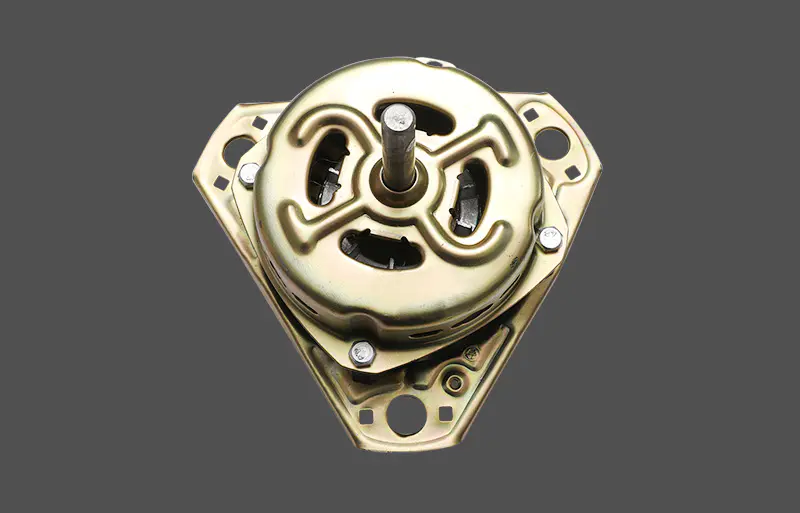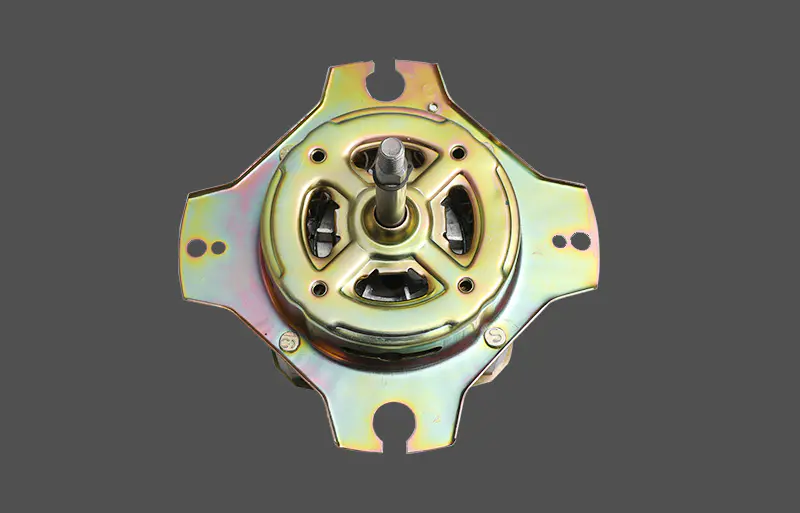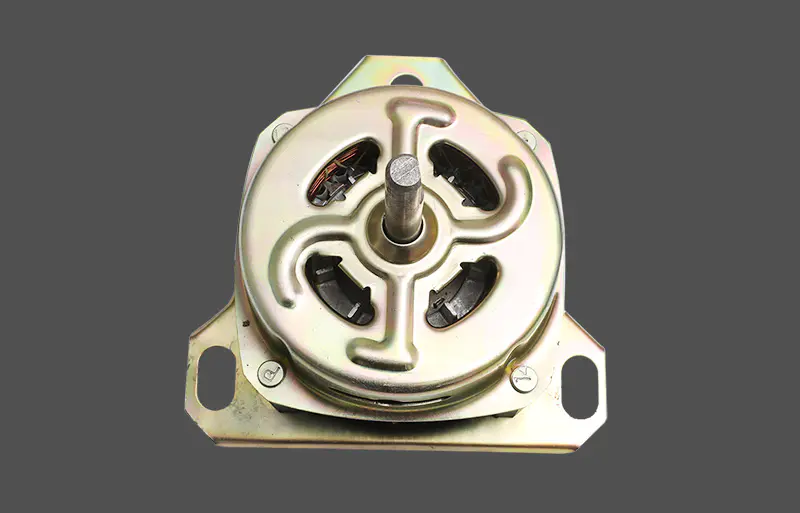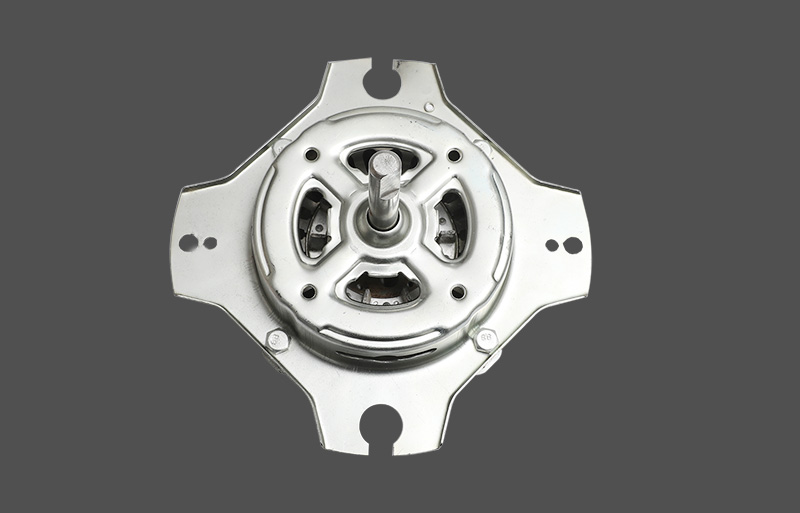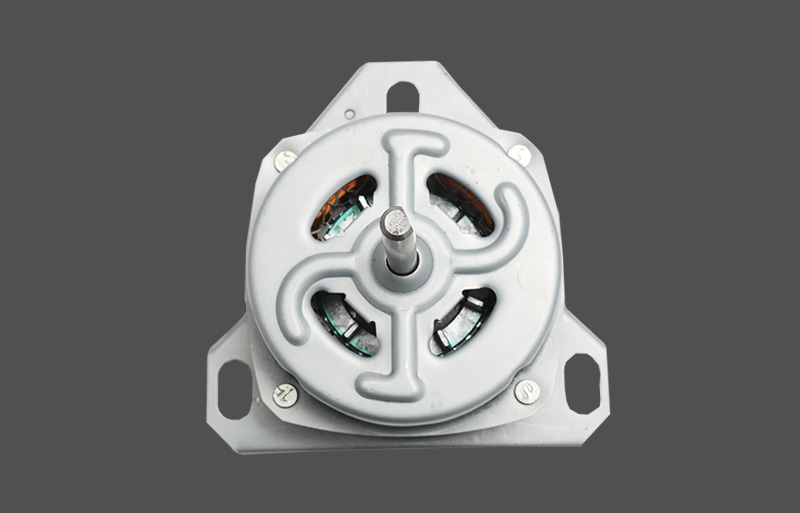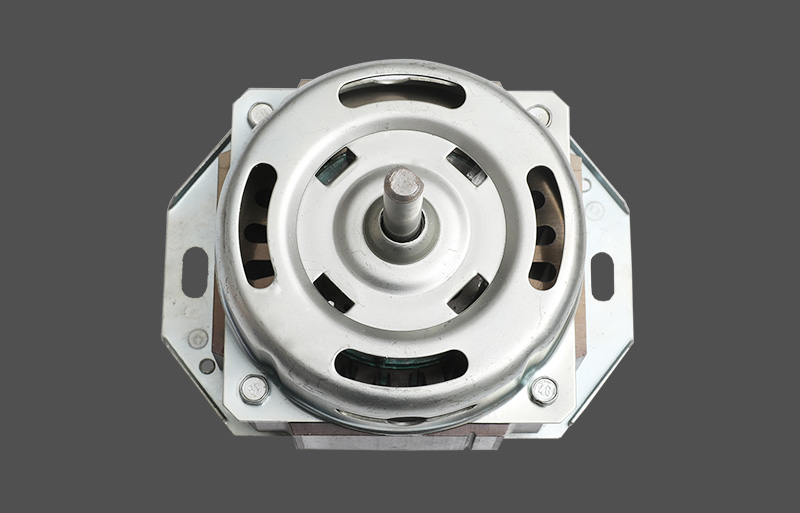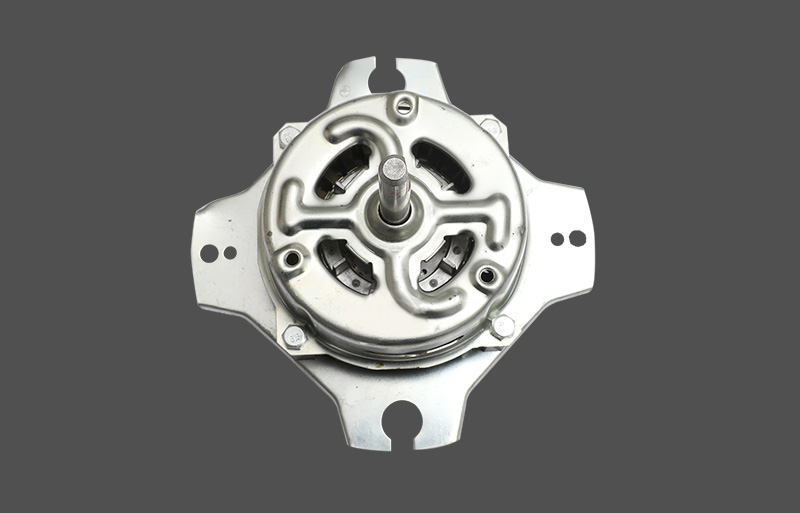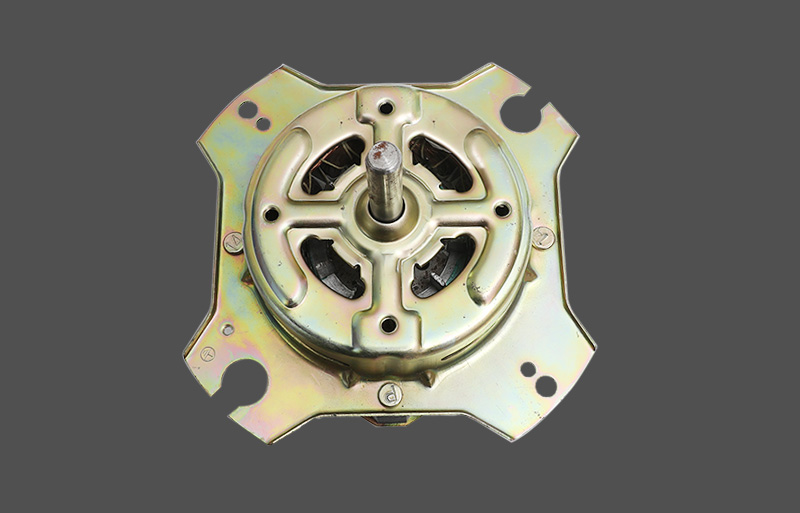Direct drive motors are far more efficient than an equivalent belt drive motor. Direct drive motors, sometimes called pancake motors, are synchronous motors which operate by variable speed 3-phase A/C. The stator contains the 3-phase windings, and the rotor contains several powerful magnets. The magnets are dragged by a rotating field created in the stator. This requires computerized motor control and Rotor Position Sensors, making them far more complex than most belt-drive motors. Direct Drive motors can operate at any RPM up to the limits of the motor. Because of this, changing the rotation speed and direction with pulleys transmissions are unnecessary. Direct Drive motors themselves are very reliable. The electronics needed to run them, not so much.
Other answers assert that Direct Drive motors add additional stress to washing machine main bearings. In my experience this is due to the high spin speed of the newer machines and the stress of a load of wet clothes hanging off one side of the bearings (front-load machines), rather than the type of motor used to drive the washer. Even if the bearings can take the stress, the water seal will fail at high speeds, causing the main bearings to rust. Bosch is the only manufacturer in which I haveChina Wash motor Manufacturers never seen the main bearings fail.
Older washer designs used either A/C or D/C motors. Synchronous motors were first adopted for home laundry service about twenty years ago (Fisher&Paykel FTW!) They have gradually become more popular as manufacturers attempt to make their machines more efficient.
There are several kinds of "belt-drive" motors. Adding a belt to any style of China wall fan motor Manufacturersmotor means it is no longer "direct drive." The motor itself could be synchronous, induction, or D/C. The presence of the belt itself introduces some friction losses, though I suspect they are negligible as a percentage of total energy use.
D/C motors are variable speed, and require simple control circuitry. Older front-load European washers often used D/C motors. D/C motors require the brushes to be changed occasionally, usually no more than once every ten years.
The older A/C motors (induction motors) are simple, cheap, reliable, and easy to control. They operate at fixed speeds. With additional windings, a single motor can operate at two, three or more speeds. They are far less efficient than synchronous motors. For reliability and lower repair cost, I prefer this style of motor. Most older top-load washers use this design. The only company still using this design is Speed Queen.
For decades, Whirlpool built a "direct drive" washer, (also sold under many other names including Kenmore and Maytag) which used an induction motor with a vibration isolation device called a motor coupler. When it was still available, the "direct drive" Whirlpool machine was the most cost-effective way to do laundry.
Finally, there is a third style of belt-drive washer. A synchronous motor driving a belt. Instead of a pancake design, this motor resembles an induction motor in physical appearance. The output shaft (rotor) drives a belt which is attached to the main drive pulley. Once again, this motor can operate at any RPM, and requires complicated electronics to function. Many top-load GE washers were sold with this design.




